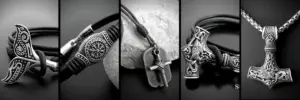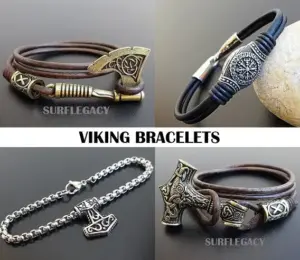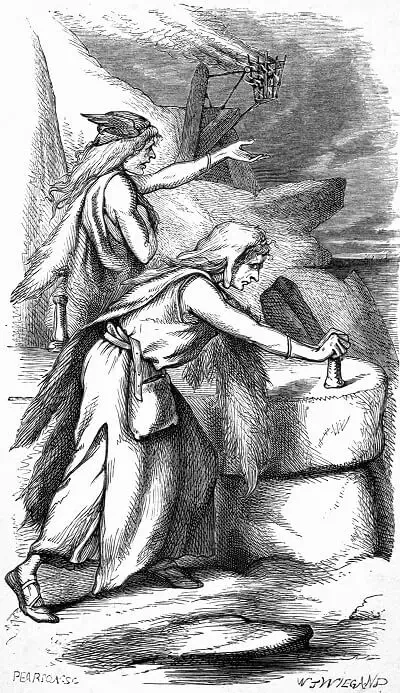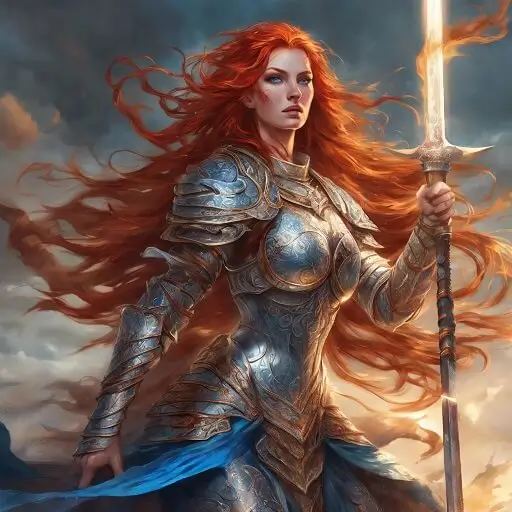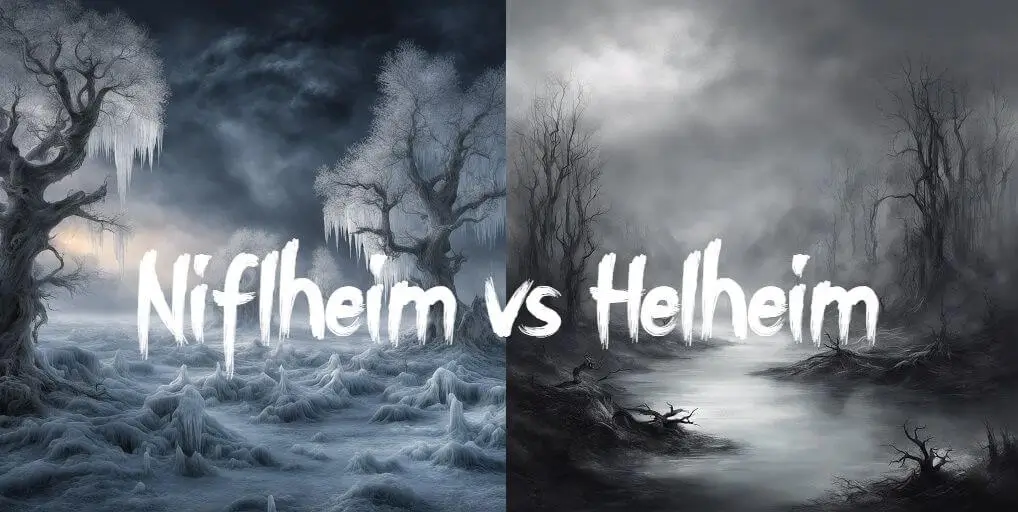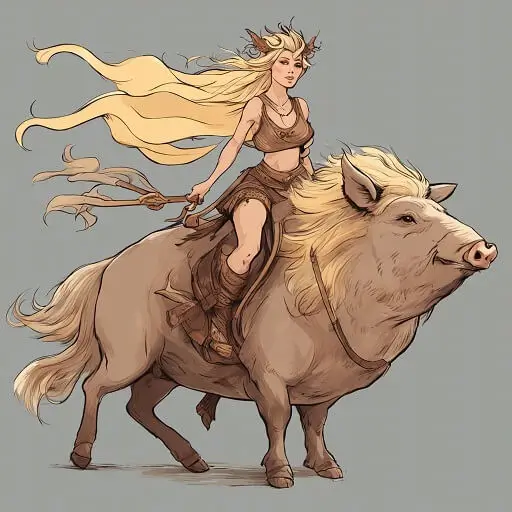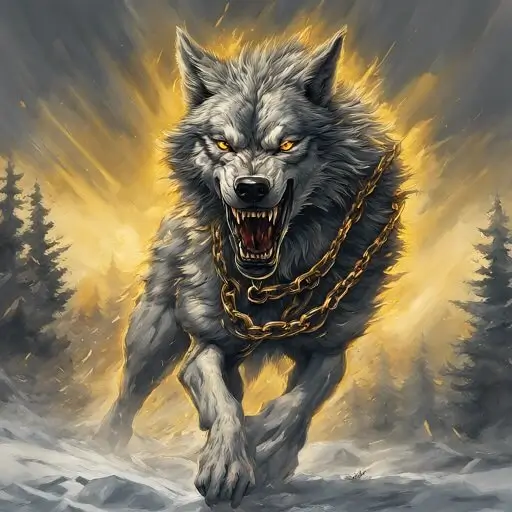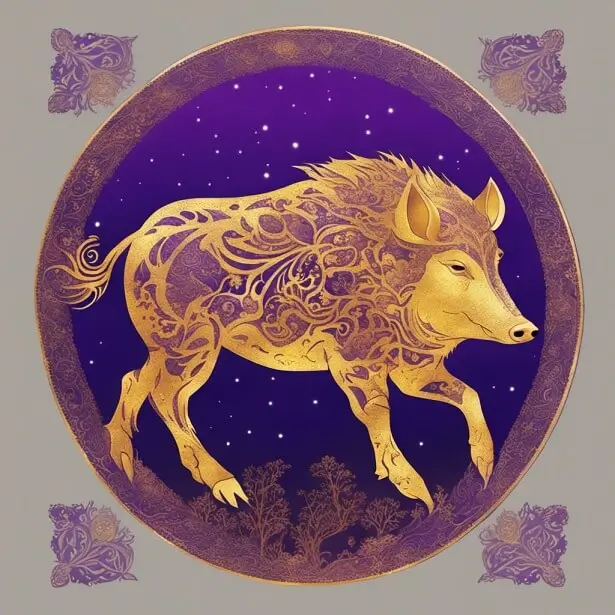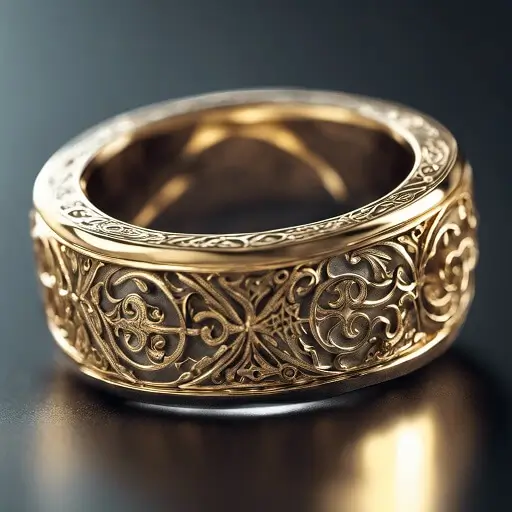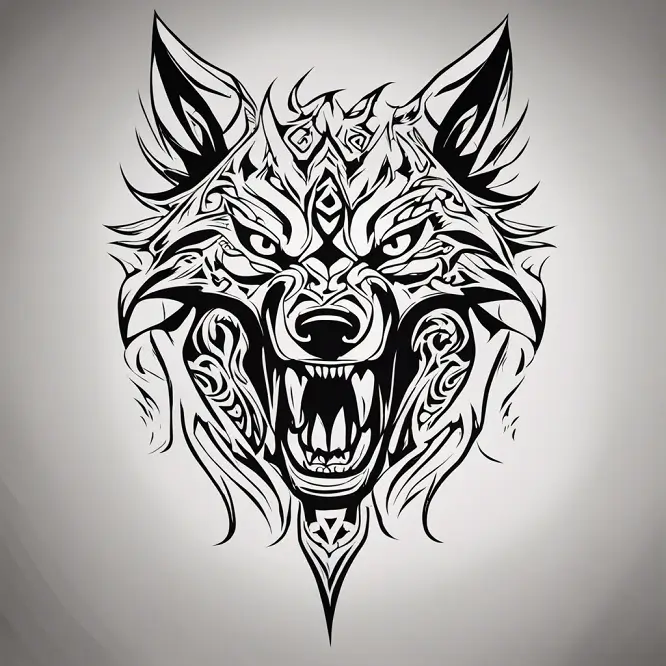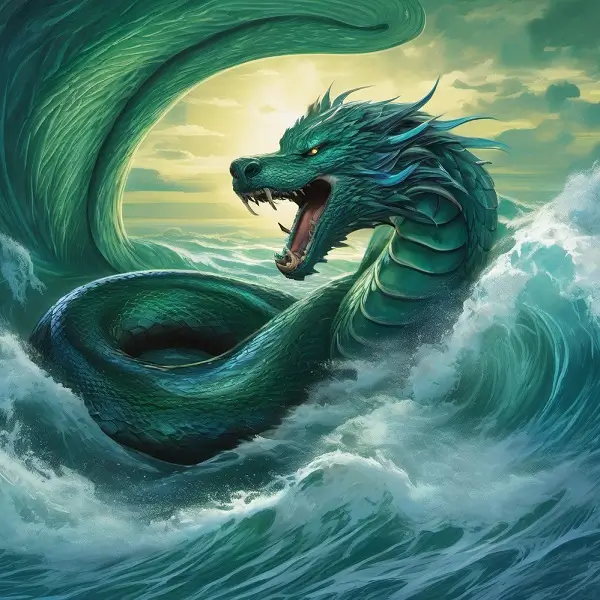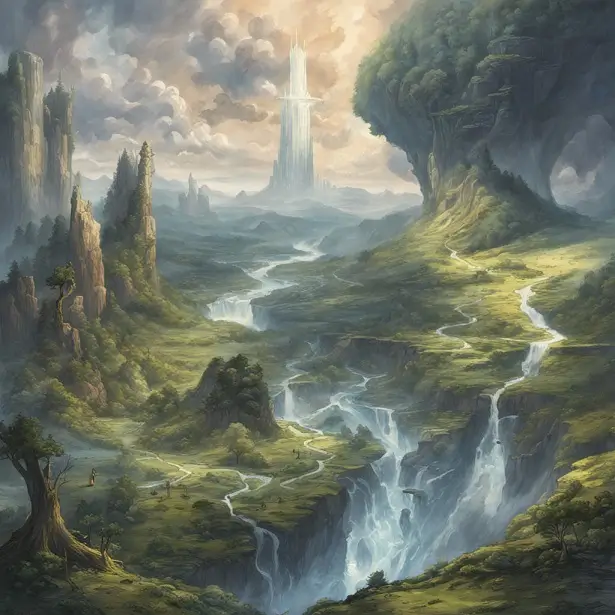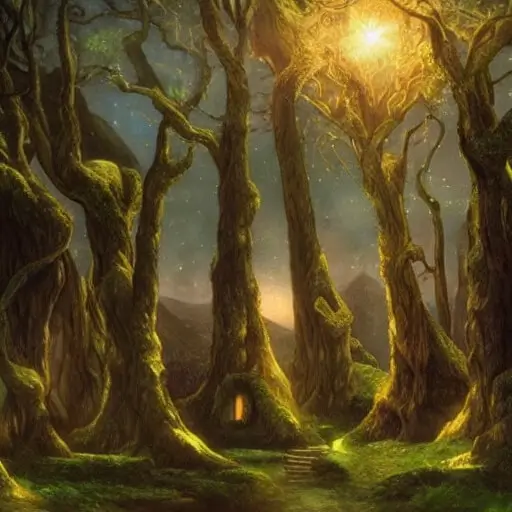Are you fascinated by Norse Mythology and the powerful figures that have captured human imagination for centuries? Look no further than the Norse goddesses, a pantheon of female deities with unique and captivating stories.
From the fierce warrior goddess Freyja to the wise and prophetic goddess Frigg, these divine beings are steeped in rich symbolism and mythology.
Join us on a journey through the Norse myths and discover the powerful women who have shaped this ancient culture.
In this blog post, we will explore the captivating world of Norse goddesses and uncover the secrets of their timeless appeal.
Key Takeaways
- Norse goddesses played a significant role in shaping Norse culture, influencing values, beliefs, and traditions. They were integral to various aspects of Norse life, including mythology, rituals, social values, and artistic expression.
- The presence of goddesses in Norse mythology provided a sense of balance and diversity in the divine world. They represented a wide range of qualities, such as love, fertility, wisdom, and war, enriching the spiritual lives of the Norse people.
- Norse goddesses often exemplified virtues and values held in high esteem within Norse society. For instance, Frigg symbolized the importance of family and domestic life, while Freyja highlighted the significance of romantic relationships and procreation.
- Goddesses were essential in Norse religious practices and rituals, being invoked for protection, guidance, and blessings in various aspects of life. Temples and sacred spaces were dedicated to their worship.
- The influence of goddesses extended to art and literature, where their stories, attributes, and symbols were depicted, preserving their myths and allowing for a deeper exploration of the human condition and the relationship between mortals and deities.
- The Norse goddesses, with their multifaceted characters and roles, left a lasting impact on Norse culture, providing spiritual guidance and inspiration to the people in their daily lives.
The importance and influence of Norse Goddesses in Norse Culture
In Norse culture, goddesses played a significant role in shaping societal values, beliefs, and traditions.
Their importance and influence can be seen in various aspects of Norse life, from mythology and religion to daily practices and rituals.
- Mythology: Norse mythology is replete with tales of powerful goddesses, each with unique attributes, roles, and domains. These goddesses not only served as symbols of various natural phenomena and human experiences, but also acted as divine role models, inspiring the Norse people to embrace certain virtues and values.
- Balance and Diversity: The presence of goddesses in the Norse pantheon provided a sense of balance and diversity. Goddesses represented a wide range of qualities, such as love, fertility, wisdom, and war, demonstrating the complexity and richness of the divine world. This balance and diversity allowed the Norse people to connect with their gods and goddesses on different levels, enriching their spiritual lives.
- Social Roles and Values: The goddesses in Norse mythology often exemplified the virtues and values that were held in high esteem within Norse society. For instance, Frigg’s role as the goddess of marriage and motherhood symbolized the importance of family and domestic life, while Freyja’s association with love, beauty, and fertility highlighted the significance of romantic relationships and procreation. These divine examples provided guidance and inspiration to the Norse people in their daily lives and social interactions.
- Rituals and Worship: Goddesses were an integral part of Norse religious practices and rituals. They were often invoked for protection, guidance, and blessings in various aspects of life, such as childbirth, marriage, and farming. Offerings and sacrifices were made to the goddesses in the hope of earning their favor, and temples and sacred spaces were dedicated to their worship.
- Art and Literature: The influence of goddesses in Norse culture extended to the realms of art and literature. Their stories, attributes, and symbols were depicted in various forms of artistic expression, such as carvings, paintings, and poetry. This creative representation of goddesses not only served to preserve and propagate their myths and legends, but also allowed for a deeper exploration of the human condition and the relationship between the mortal and divine realms.
The importance and influence of goddesses in Norse culture cannot be overstated. They played a crucial role in shaping societal values, beliefs, and traditions, providing spiritual guidance and inspiration to the Norse people in their daily lives, and leaving a lasting impact on their cultural heritage.
Norse Goddesses from Mythology
Freya – The Goddess of Love, Beauty, and War
Freya, a captivating and influential goddess in Norse mythology, embodies love, beauty, fertility, and war.
Often associated with the goddess Freyja, Freya is considered an alternate spelling or anglicized version of her name.
As a member of the Vanir tribe of gods, she is the daughter of Njord, the god of the sea and wind, and the sister of Freyr, the god of prosperity and fertility.
Her dual nature, encompassing both the nurturing aspects of love and fertility as well as the destructive forces of war, reflects the complexity of her character and highlights her significance within the Norse pantheon.
Freya is often depicted wearing the enchanting Brísingamen necklace, a symbol of her allure and beauty, and donning a cloak made of falcon feathers, representing her ability to traverse between worlds.
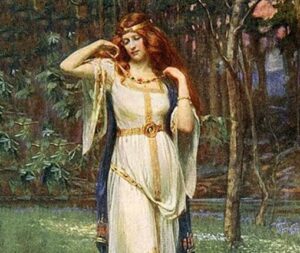
As a goddess of fertility, she was revered for her life-giving powers, particularly in agriculture, and was frequently invoked to ensure a bountiful harvest. As a goddess of love, Freya presided over matters of the heart, encompassing romantic relationships, passion, and sexuality.
Freya‘s association with war is particularly noteworthy, as she is said to share the privilege of selecting fallen warriors with Odin, the chief of the Æsir tribe of gods.
Those chosen by Freya would join her in the majestic realm of Fólkvangr, where they would be honored for their bravery and prowess in battle.
One of the most well-known stories involving Freyja is her role in the Æsir-Vanir war. This was a conflict between two tribes of gods, the Æsir and the Vanir.
Freyja was a member of the Vanir tribe, and she played an important role in negotiating a peace treaty between the two sides.
Another important myth involving Freyja is the tale of her search for her lost husband, Óðr. According to legend, Óðr disappeared while traveling, and Freyja searched for him tirelessly, weeping tears of gold.
The story of her devotion to her husband and her determination to find him has made her a symbol of love and devotion.
Finally, the myth of how Freyja obtained the Brísingamen necklace is another important aspect of her character. According to legend, Freyja made a deal with four dwarves who had crafted the necklace.
In exchange for the necklace, she spent a night with each of the dwarves. This story has been interpreted in many different ways, but it is often seen as a representation of Freyja’s powerful sexuality and her ability to use it to get what she wants.
The tales and myths surrounding Freya showcase her multifaceted character, highlighting the wide-ranging roles and attributes she embodies.
Her influence extends beyond the divine realm, as she served as an inspiration for the Norse people in matters of love, fertility, and bravery, demonstrating the enduring impact of her presence in their culture and beliefs.
Frigg – The Goddess of Marriage, Motherhood, and Wisdom
Frigg, the revered Goddess of Marriage, Motherhood, and Wisdom, holds a prominent position in the captivating world of Norse mythology.
As the wife of the powerful Odin, the chief of the Æsir tribe of gods, Frigg is the mother of Baldur, Hodr, and several other prominent deities.
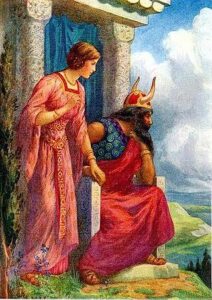
Frigg with Odin
Not only does she command respect due to her significant lineage, but her divine attributes and symbolism further elevate her status in the Norse pantheon.
Often depicted holding a spindle and a distaff, Frigg weaves the threads of fate, establishing her connection to wisdom and foresight.
Her associations with marriage, motherhood, and wisdom are integral to her role in various Norse myths and stories. One such tale revolves around the tragic prophecy of her son Baldr’s death.
In an attempt to avert this impending doom, Frigg extracted promises from all things in the world not to harm Baldr.
However, her efforts were ultimately in vain due to the treachery of Loki, a heartbreaking testament to a mother’s unconditional love and protective instincts.
Frigg’s influence extends beyond the realm of gods, as she played a crucial role in Norse household and family life.
As the embodiment of marital and maternal virtues, she served as a divine role model for women, inspiring them to embrace their responsibilities within the family unit and society at large.
In essence, Frigg’s multifaceted character highlights the complexity and richness of Norse mythology, drawing admiration and reverence from both gods and mortals alike.
Hel – The Norse Goddess of Death and Afterlife
Hel is a goddess in Norse mythology who is associated with death and the afterlife. She is the daughter of the trickster god Loki and the giantess Angrboða, and is said to rule over the realm of Helheim, where the souls of the dead go to after they have passed away.
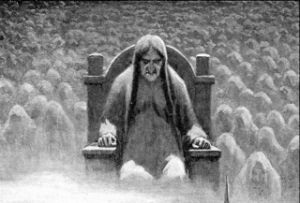
Hel is often depicted as half-alive and half-dead, with one side of her body appearing normal and the other side decaying and skeletal.
Hel’s connection to death is an important aspect of her character, and she is often depicted as a formidable and powerful figure. In Norse mythology, she is known for her ability to control the souls of the dead and to determine their fate in the afterlife.
She is also associated with rebirth and regeneration, as the souls who pass through her realm are said to be cleansed and prepared for their next life.
One of the most well-known stories involving Hel is the tale of her involvement in the death of the god Baldr.
According to legend, Baldr was killed by a mistletoe spear that had been made by Loki. Hel was one of the few beings in the Norse pantheon who refused to weep for Baldr, which was seen as a sign of her power and her connection to death.
Hel’s mythology is a reminder of the cyclical nature of life and death, and her role as a guide for the souls of the dead has made her a powerful symbol of transformation and regeneration.
Her association with death is often seen as a necessary and natural part of the cycle of life, and her stories and myths continue to inspire and fascinate people today.
Idun: The Goddess of Youth and Rejuvenation
Idun, the enchanting Goddess of Youth and Rejuvenation, holds a vital role in the realm of Norse mythology.
Married to Bragi, the god of poetry and eloquence, Idun is known for her unparalleled beauty and grace, attributes that are seamlessly intertwined with her divine responsibilities.
As the keeper of the magical apples that bestow eternal youth upon the gods, Idun ensures the vitality and vigor of the divine beings, making her an indispensable figure in the Norse pantheon.
Her association with youth and rejuvenation is represented by the golden apples she guards, symbolizing the renewal of life and the sustenance of the gods’ immortality.
Idun’s significance is further emphasized in the captivating myths and stories that revolve around her. One such tale recounts the cunning trickery of Loki, the notorious trickster god, which led to Idun’s abduction by the giant Thjazi.
Deprived of her life-giving apples, the gods began to age rapidly, their strength and beauty waning with each passing day.
Realizing the gravity of his actions, Loki embarked on a daring quest to rescue Idun from the clutches of Thjazi.
Utilizing his shapeshifting abilities, Loki managed to retrieve Idun and her precious apples, returning them to the realm of the gods.
With the restoration of Idun and her magical fruit, youth and vitality were once again bestowed upon the gods, reinforcing her crucial role in maintaining the balance and well-being of the divine world.
Idun’s tale serves as an enduring reminder of the power of rejuvenation and the cyclical nature of life, captivating the hearts and minds of those who delve into the rich tapestry of Norse mythology.
Gefion – The Norse Goddess of Agriculture and Fertility
Also known as Gefjun, is a notable Norse goddess associated with agriculture, fertility, abundance, and prosperity. Her name, derived from the Old Norse word “gefa,” translates to “Giver” or “Generous One,” reflecting her role as a bestower of blessings.
A captivating myth tells of her disguising herself as a homeless woman to gain the favor of King Gylfi, who granted her land equivalent to what four oxen could plow in one day. Gefion then transformed her four giant-born sons into oxen to achieve this monumental task.
In a mythological feat, she shaped the Danish island of Zealand by carving land from Sweden, leaving a void filled by the waters of either Lake Mälaren or Lake Vänern.
Gefion is a goddess of fertility and prophecy, with virgins who pass away becoming her handmaids, underlining her unique role among Norse deities.
Fulla – The Norse Goddess of Secrets and Keeper of Frigg’s Mysteries
Fulla, also known as Volla or Folla, is the Norse goddess of secrets, serving as one of Frigg’s handmaids. She tends to Frigg’s ashen box and safeguards her secrets, adorned with a golden band.
In an intriguing narrative from the Eddic poem Grímnismál, Fulla is dispatched by Frigg to King Geirröðr to forewarn him of an impending trollman, leading to Odin’s inhospitable reception.
She is among the eight goddesses attending the banquet in honor of Ægir in Skáldskaparmál. In the story of Baldr’s demise, Baldr’s wife Nanna sends a golden finger-ring to Fulla from Hel, the realm of the dead. Fulla’s role as the goddess of secrets and her close connection with Frigg emphasize her significance in the Norse pantheon.
Gullveig – The Vanir Goddess of Seidr and Fate Manipulation
Gullveig was a Vanir goddess noted in the Poetic Edda’s account of the conflict between the Aesir and Vanir clans. She possessed formidable magical abilities and was a practitioner of seidr, a type of Norse magic that allowed her to glimpse into the future and manipulate fate.
The Poetic Edda relates how Gullveig was pierced by an Aesir spear and subsequently burned three times during the war, yet she consistently revived due to her mystical powers. Some scholars suggest a connection between Gullveig and Freyja, theorizing that they may be the same character with different names, given their analogous abilities and stories.
Nerthus – The Possibly Vanir Goddess of Fertility and Abundance
Nerthus is a Norse goddess, potentially belonging to the Vanir deities. The earliest account of her dates back to the 1st century AD, as recorded by a Roman historian in his account of Germania.
This account suggests that Nerthus resided on the island of Zealand in Denmark. She is associated with riding in a wagon, a common practice among the Vanir gods, with various archaeological findings of ceremonial wagons in Scandinavia.
This act draws parallels with the god Freyr, also a member of the Vanir, who annually rode a wagon with a priestess to bless the fields for a bountiful harvest.
While similarities exist between Nerthus and Njord, the name “nerthus” is believed to be a Latinized version of “Njord.” Despite these resemblances, Njord is a male deity, while Nerthus is female, prompting historians to speculate that they may be a divine pair or that Nerthus could be a hermaphroditic deity.
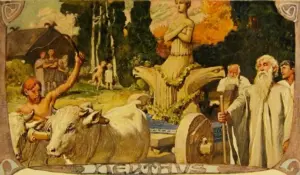
Nerthus by Emil Doepler
Ran – The Enigmatic Sea Goddess of Norse Mythology
Ran, the enigmatic sea goddess in Norse mythology, embodies the mysterious, unpredictable, and often dangerous nature of the ocean.
As the wife of Aegir, the god of the sea, and mother of their nine daughters, the billow maidens, Ran forms an integral part of the divine duo that governs the waters.
Her name, meaning “robber” or “plunderer” in Old Norse, is an apt reflection of her capricious character and the perilous aspects she represents.
Unlike her husband, who is often portrayed as a hospitable and benevolent figure, Ran is associated with the darker side of the sea, such as storms, shipwrecks, and drownings.
One of the most striking symbols connected to Ran is her net, which she uses to capture seafarers and drag them into the depths of the ocean.
This imagery not only alludes to the treacherous nature of the sea but also highlights the inevitability of death for those who succumb to its powerful grasp.
In the afterlife, the souls of the drowned are said to reside in Ran’s underwater hall, illustrating her dominion over the deceased and her role as a psychopomp in Norse cosmology.
In addition to her role as a harbinger of death, Ran’s influence extends to the wealth and prosperity associated with maritime endeavors.
She was believed to bestow treasures and riches upon those who invoked her favor or managed to escape her deadly snare.
This dual aspect of danger and abundance encapsulates the complex relationship between humans and the sea in Norse culture.
Ran’s multifaceted character and the myths surrounding her serve as a testament to the awe and fear that the sea instilled in the hearts and minds of the Norse people.
As a symbol of both the ocean’s destructive power and its life-sustaining capacity, Ran remains an enduring figure in the rich and diverse world of Norse mythology, reflecting the age-old human fascination with the enigmatic depths of the sea.
Sif – The Goddess of Fertility, Family, and Harvest
Sif is a goddess in Norse mythology who is known for her association with fertility, family, and harvest. She is the wife of Thor, the god of thunder, and together they had two children, Ullr and Thrud.
Sif’s origins can be traced back to the early Germanic peoples, and she has been revered for centuries as a symbol of abundance and prosperity.
One of Sif’s most distinctive attributes is her long, golden hair, which is often seen as a symbol of fertility and abundance.
In Norse mythology, Sif’s hair is said to grow from the crops in the fields and is a representation of the earth’s bounty. Her hair is also a symbol of her beauty and has been said to rival even that of the goddess Freyja.
Sif’s association with the harvest is an important aspect of her character. She is often called upon by farmers and those who work the land to grant them a bountiful harvest.
Her connection to the earth is further reinforced by her role as a fertility goddess, as she is seen as a source of life and renewal.
One of the most well-known stories involving Sif is the tale of Loki cutting off her hair. According to legend, Loki cut off Sif’s hair as a prank, leaving her humiliated and ashamed.
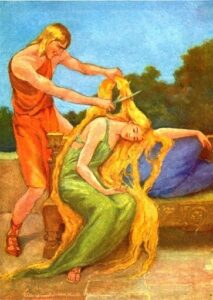
Thor was enraged by Loki’s actions and threatened him with violence unless he fixed the situation.
To make amends, Loki had dwarves create new hair for Sif made of pure gold, which was said to be even more beautiful than her original hair.
This story is often seen as a representation of the importance of fertility and the consequences of disrupting the natural order of things.
Sif is a goddess with deep roots in Norse mythology and a rich symbolism that has captivated people for centuries.
Her association with fertility, family, and harvest is a reminder of the importance of the natural world and the interconnectedness of all things.
Her long, golden hair is a symbol of abundance and beauty, and her stories and myths continue to inspire and fascinate people today.
Skadi: The Goddess of Winter, Hunting, and Vengeance
Skadi is a goddess in Norse mythology who is primarily associated with winter, hunting, and vengeance. She is the daughter of the giant Thjazi and is married to the god Njord.
Skadi’s origins can be traced back to the early Germanic peoples, and she has been worshiped for centuries as a powerful and formidable goddess.
Skadi’s association with winter is an important aspect of her character. She is often depicted as a skilled skier, able to navigate the icy terrain with ease.
Her connection to hunting is also significant, as she is known for her prowess as an archer and her ability to track and kill prey.
Skadi’s quest for vengeance after her father’s death is a central part of her mythology. According to legend, Thjazi was killed by the gods, and Skadi sought revenge for his death.
She stormed into Asgard, the realm of the gods, demanding justice for her father. The gods eventually agreed to a compromise, allowing Skadi to choose a husband from among them as compensation.
She chose Njord, but their marriage was unhappy, as Skadi’s love for the mountains and snow clashed with Njord’s love for the sea.
Skadi’s depiction as a fierce and independent goddess has made her an enduring symbol of strength and resilience.
Her ability to navigate treacherous terrain and her skill as an archer have made her a popular figure in Norse mythology, and her quest for vengeance has inspired many tales and legends.
Skadi’s mythology is a reminder of the power and agency of women in ancient cultures and continues to captivate people today.
Jord – The Personification of Earth and Mother of Thor
Jörð, or Jord, is a somewhat lesser-known figure in Norse mythology but holds a crucial role as the mother of Thor, one of the most prominent Aesir gods.
As a giantess, she is considered the embodiment of the Earth, with names like Fjörgyn or Hlódyn sometimes used to refer to her. She is also recognized as the sexual partner of Odin.
Jörð’s name is associated with the Lithuanian thunder god Perkun and linked to Old High German “forha” and Latin “quercus,” both meaning “oak.” While classified as a jötunn, an elder giant race, she is also counted among the Asynjur, the major goddesses of Ásgard.
Unlike most jötnar, who often display indifference or hostility toward humans, Jörð is seen as a benevolent deity who watches over and cares for humankind. The existence of nine Jörð-like giantesses, one for each of the Nine Worlds, leaves room for interpretation and personal belief regarding their significance.
Lesser-Known Norse Goddesses
Numerous other Norse goddesses hold significant roles and attributes in the rich tapestry of Norse mythology.
Arranged alphabetically, some of these lesser-known Norse Goddesses are:
Bil – Together with her brother Hjuki, she accompanies the personified moon across the sky.
Gerdr – A giantess goddess connected to the Earth, she is Freyr’s wife.
Hnoss – Freya’s daughter, this goddess represents sensuality and infatuation.
Lofn – Known as “the comforter,” she facilitates marriages even when they have been forbidden.
Nanna – Balder’s wife, she either succumbs to grief after his death or throws herself onto his funeral pyre in despair.
Njorun – While her associations remain unknown, etymology suggests a connection to the Earth.
Rindr – Following Balder’s death, this giantess goddess is impregnated by Odin to give birth to the god Vali, who will avenge Balder and his father during Ragnarok.
Saga – A seeress residing in Sokkvakkr in Asgard, she is often found sharing drinks with Odin.
Sjofn – This goddess turns the thoughts of men and women towards lovemaking.
Snotra – A goddess representing wisdom and courtesy.
Sol – The personification of the sun and the personified moon’s sister, she will perish during Ragnarok but give birth to a daughter to succeed her.
Syn – The goddess of defensive refusal, she guards the doors of halls and bars entrance to those who are not permitted.
Thrud – The daughter of Thor and Sif, her name translates to “strength” in Old Norse.
Var – A goddess of oaths between men and women, she punishes those who violate their vows. She was invoked by the giant Thrym during his wedding to a disguised Thor.
Vor – The goddess of providence and careful future planning, her name means “careful one.”
These Norse goddesses, each with their unique qualities and roles, contribute to the fascinating world of Norse mythology, reflecting the diverse aspects of life and the natural world.
Norse Goddesses – FAQ
Who is the most well-known Norse goddess?
The most well-known Norse goddess is likely Freyja, who embodies love, beauty, fertility, and war. Her complex character and prominent role in Norse mythology have made her a widely recognized figure.
What is the significance of goddesses in Norse art and literature?
Goddesses in Norse art and literature served to preserve their myths and symbols, allowing for a deeper exploration of human experiences and the relationship between mortals and the divine.
Are there any Norse goddesses associated with nature?
Yes, Norse goddesses like Gefion, Sif, and Idun have associations with nature, fertility, and the harvest, reflecting the importance of the natural world in Norse culture.
What role did goddesses play in Norse religious rituals?
Goddesses were often invoked for protection, guidance, and blessings in various aspects of life, including childbirth, marriage, and farming. Offerings and sacrifices were made to gain their favor.
Were there any goddesses who defied traditional gender roles in Norse mythology?
Yes, Norse mythology includes goddesses like Skadi, who were associated with traditionally male domains like hunting and vengeance, challenging gender roles.
Do goddesses in Norse mythology have counterparts or equivalents in other mythologies?
Some Norse goddesses, like Freyja, have similarities to goddesses in other mythologies, such as the Greek Aphrodite or the Roman Venus, both of whom represent love and beauty.
What is the role of goddesses in Norse cosmology?
Goddesses in Norse cosmology play various roles, including guiding souls in the afterlife, representing natural forces, and embodying virtues and values important to Norse society.
Are there any lesser-known Norse goddesses with unique attributes or stories?
Yes, there are several lesser-known Norse goddesses, each with distinctive qualities and roles. For example, Syn guards the doors of halls and bars entrance to those not permitted, emphasizing the importance of boundaries and consent.
What are some famous myths or stories involving Norse goddesses?
Well-known myths include Freyja’s involvement in the Æsir-Vanir war, Frigg’s efforts to protect her son Baldr, and Hel’s role as the ruler of the realm of the dead. Each of these stories highlights the goddesses’ diverse attributes and contributions to Norse mythology.
How did the worship of Norse goddesses change over time, and what led to their decline?
The worship of Norse goddesses declined with the spread of Christianity in Scandinavia, which led to a shift in religious practices. Many of the old Norse traditions and beliefs, including those associated with goddesses, were replaced by Christian faith.
Shop Norse Jewelry
Are passionate about Vikings or Norse Mythology?
Finding the ideal piece of Viking Jewelry can be challenging and time-consuming, especially if you lack inspiration or don’t know where to look.
Surflegacy, has you covered. We have a wide range of Handmade Jewelry in various styles, shapes, colors, and materials, to accentuate your Viking spirit and look. Do not hesitate to visit our selection HERE
Whatever you wear, you’ll find the ideal trendy piece to complement your wardrobe. Our jewelry is designed to be worn every day, no matter where you go or what season is. Are you ready to step up your wardrobe game?




